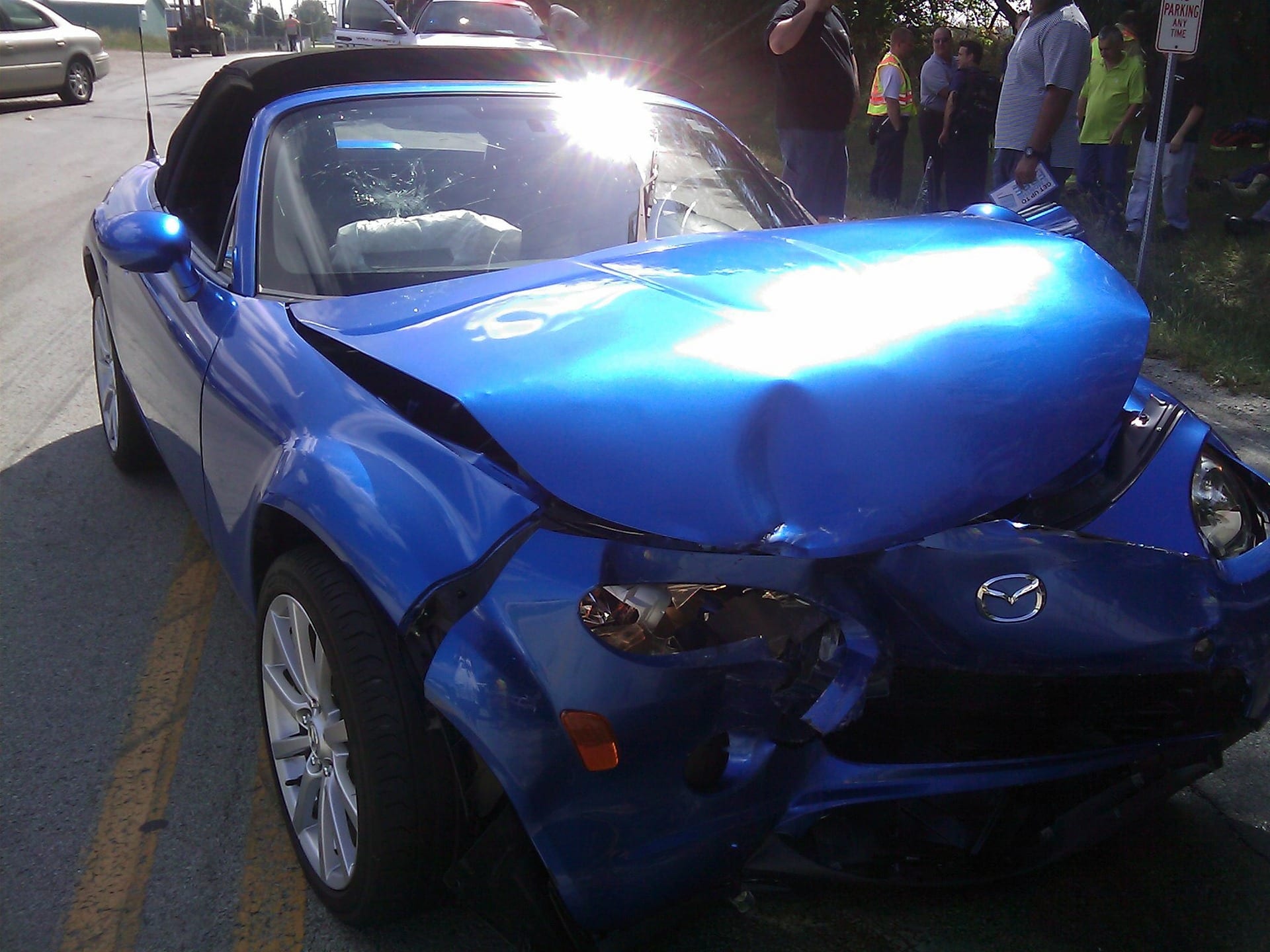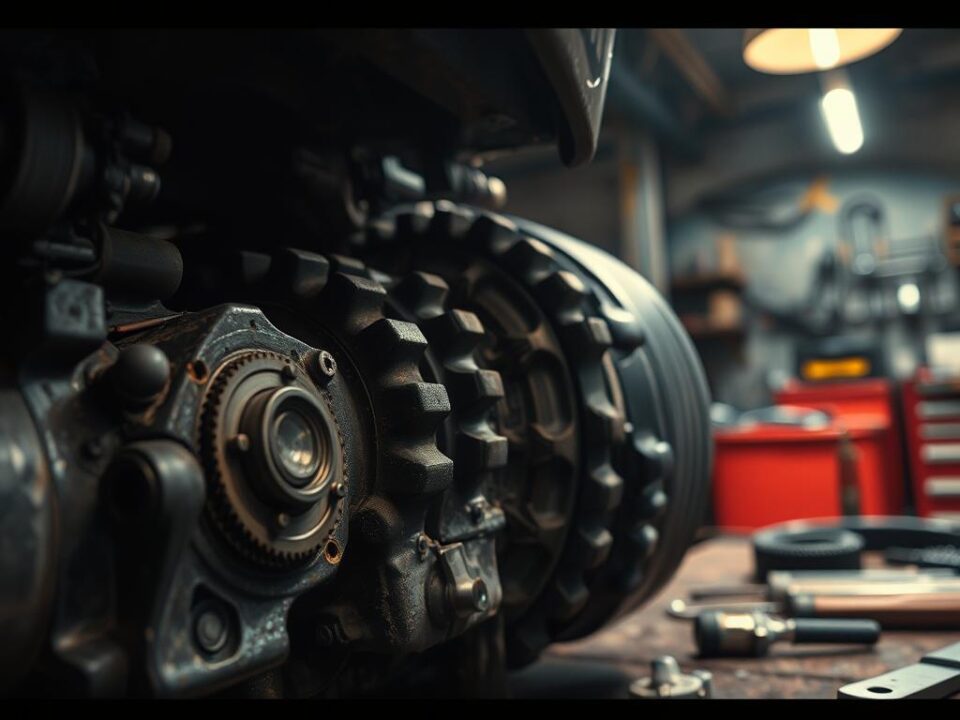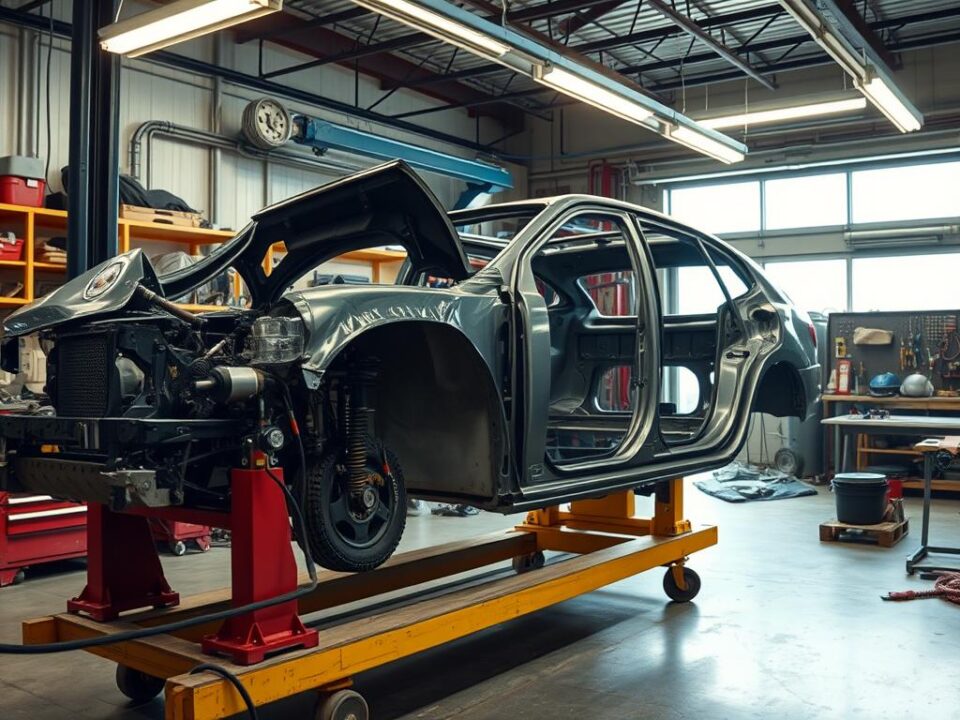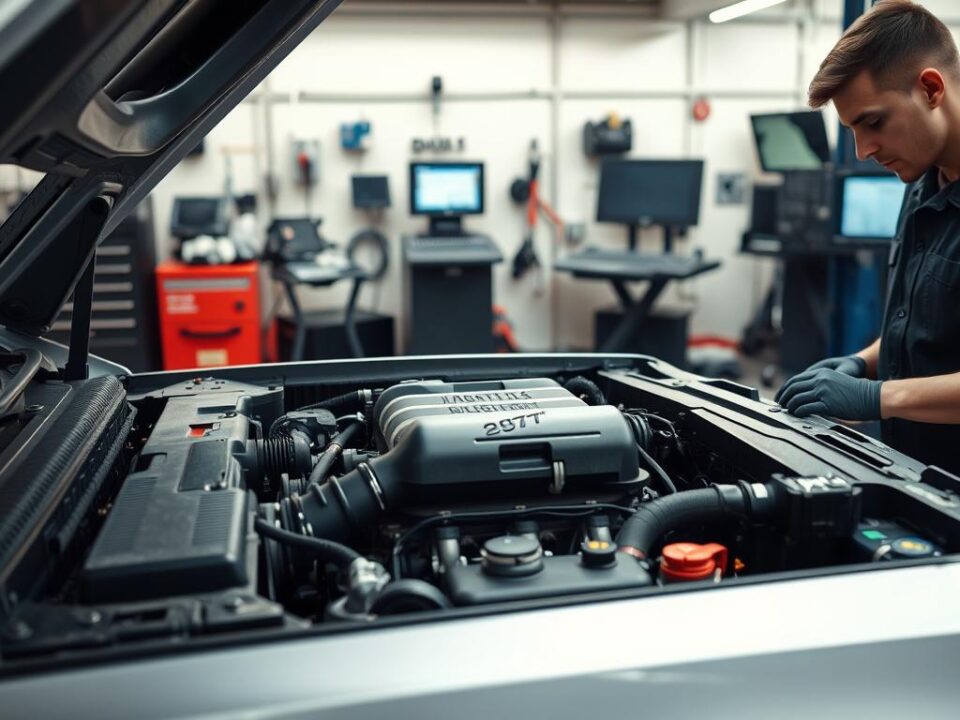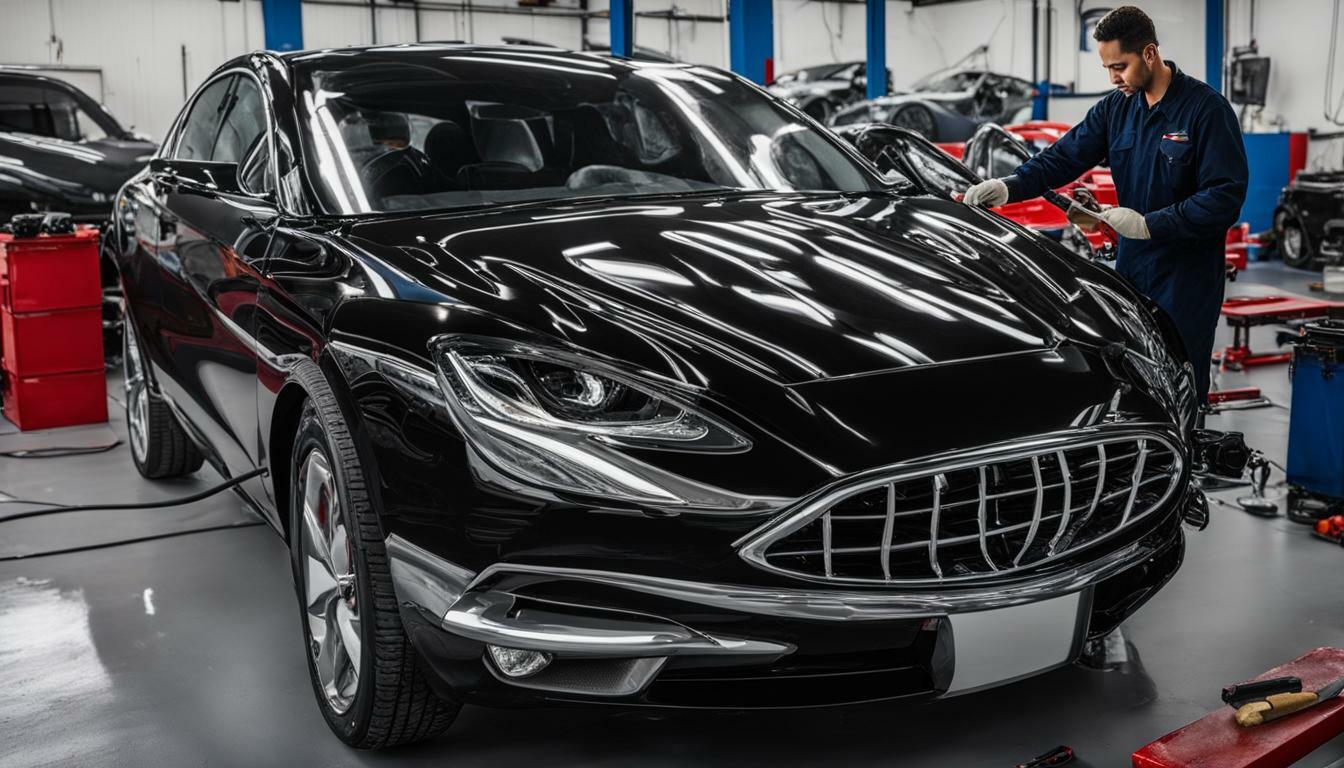
Hail Damage Woes? Let 5 Star Paint and Body Make it Right.

Preventing Future Collisions – Expert Advice For Defensive Driving
Collision damage to your vehicle can range in severity, necessitating extensive repair work to return it back to its pre-collision state.
No matter the extent of damage your vehicle has sustained from collisions, our team can help restore it back to new. No matter what kind of collision damage has been done to it, no matter what it looks like new again!
1. Dents and Dings
Dents and dings on cars can occur for many reasons, from kids riding their bikes to runaway shopping carts or an open door that someone didn’t notice. No matter the cause, having a professional address any ding or dent on your car is highly recommended.
Dents can be a serious issue, as they conceal damage such as rust beneath the metal’s surface. Not only do they make your vehicle appear unsightly, but they also reduce its fuel efficiency.
2. Fender Benders
Fender benders are relatively minor collisions that typically take place at low speeds. While these crashes do cause minor damages to both cars involved, cosmetic repairs are usually all that is needed.
Fender benders may seem minor at first glance, but they can still cause serious harm and injuries to drivers involved. These injuries often involve soft tissue damage such as sprains or strains in the neck or head.
If you’ve been involved in a collision, be sure to file a claim with your insurer immediately. Neglecting to do so could result in increased premiums or cancelled coverage.
3. Scratches and Paint Damage
Your vehicle’s paint job isn’t just to give it a polished look – it also protects the metal body beneath. Rust and environmental contaminants can corrode this layer, decreasing its resale value.
If a scratch weakens the clear coat or paint primer on your car, it can let rust and other elements penetrate to bare metal and cause dents in nearby areas. Repairing these scratches promptly not only protects your car but also helps preserve its resale value.
Scratches can range in depth from minor nicks to deep ones that pierce through the clear coat and reveal primer or bare metal beneath them. Repairing these types of scratches is more intricate and often requires touch-up paint for coverage.
4. Rear-End Collisions
Rear-end collisions are the most frequent type of automobile accident on the road, accounting for an estimated 1.7 million annual incidents and potentially leading to severe injuries.
Rear-end crashes often occur when drivers become distracted, fail to stop in time, or speed excessively. Speeding and tailgating also play a role.
Rear-end collisions can result in severe injuries, including whiplash and neck trauma. These may cause a loss of mobility, pain and stiffness in the neck, headaches and dizziness. Bone fractures, back injuries, lacerations and brain injuries are other common auto accident injuries.
5. Animal Collisions
A car accident involving an animal can be a frightening ordeal. Depending on the species involved, it could result in serious injuries or significant vehicle damage.
Thankfully, there are steps you can take to avoid these types of accidents and ensure your car remains secure after an incident.
Small animals such as squirrels or rabbits may cause minor harm, but larger creatures pose more of a danger. Drivers may feel the urge to brake suddenly or swerve suddenly, which could result in serious crashes with secondary impacts.
6. Wheel Alignment Issues
Wheel alignment is an essential part of vehicle maintenance that ensures your tires remain aligned and your car driving smoothly. When done correctly, it also reduces tire wear and increases fuel efficiency.
Wheel alignment is done using advanced computerized equipment that measures angles between wheels and vehicle body, such as caster, camber and toe.
A camera unit is attached to each wheel and relays its physical positioning with other cameras on a central alignment tower. The computerized system then calculates and displays how much the toe, caster and camber are out of alignment.
7. Diagnostic Codes
Car accidents can happen for a variety of reasons, but they always cause severe damage if not addressed promptly. They also often result in traumatic injuries like limb loss.
These kinds of injuries are usually the result of penetrating damage, such as cuts and scrapes from objects that fly inside a vehicle during impact.
Other accidents may cause soft tissue injuries, which are damage to the body’s connective tissue (muscles, ligaments and tendons). One common type of soft tissue injury is whiplash which can affect someone’s spine and neck.

